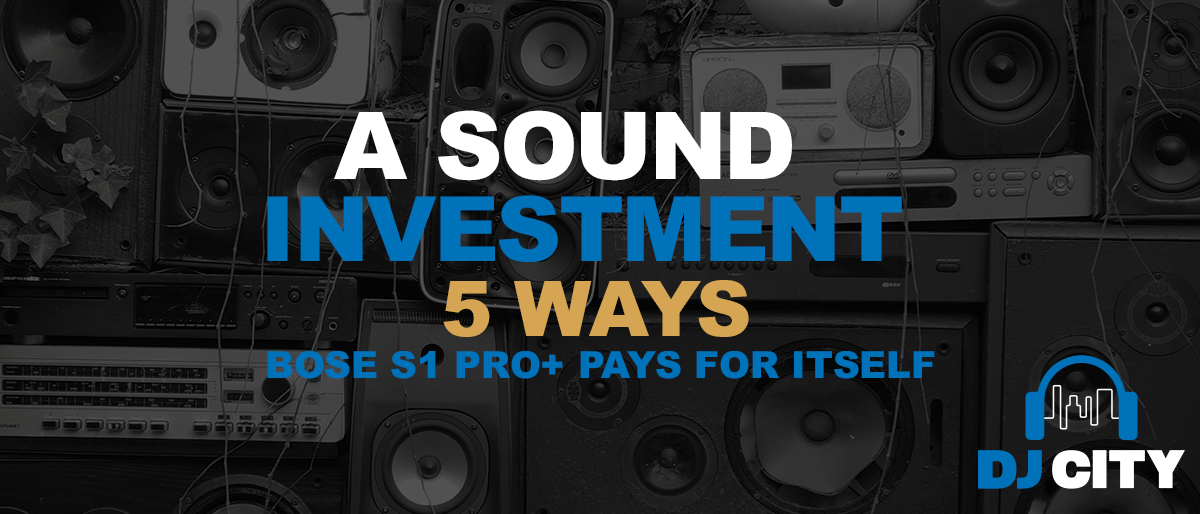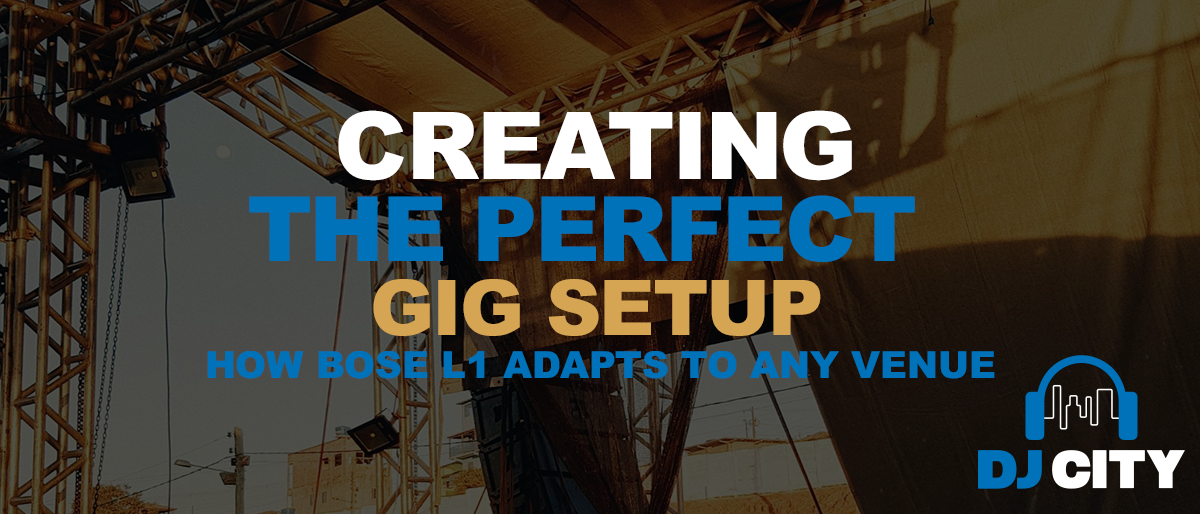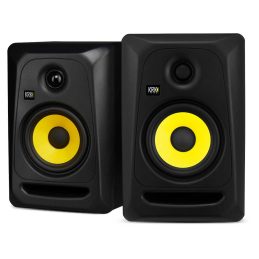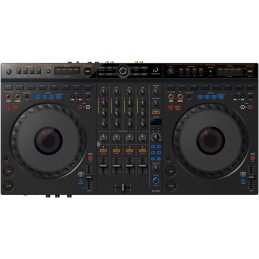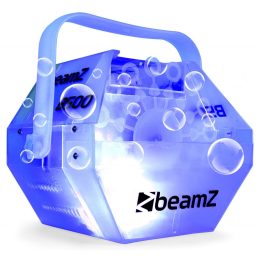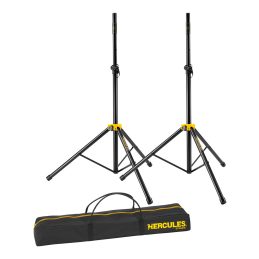
Music Production Through the Ages: From Analog to Digital
Music production has certainly evolved through the ages. Once exclusively analog-based, recent developments in technology have enabled a whole new world to emerge within the industry.
What is Music Production?
The term music production refers to the process of creating, recording, editing, and manipulating sound to produce music.
There is no one single type of music production activity. It can include anything from composing melodies to DJs mixing tracks, and even mastering a final product.
Music Production Through the Ages
Music in History
Music has played a vital role in human history for as long as we have records.
There is significant evidence that music was intertwined with societal norms, cultural values and general human behaviour in ancient civilisations, from the Mesopotamians to the Egyptians and later on in Greece, Rome and the Far East.
Music has long served various purposes in religious ceremonies and social gatherings, as a form of entertainment and storytelling, for communal celebration, and even in cultural expression.
As civilizations evolved, the various techniques and tools used in music production developed as well.
Music Production in a Modern Context
In the modern era, music production has undergone a remarkable transformation thanks in large part to advancements in technology but also due to the complex evolution of our society and culture.
The transition from using analog tools to digital tools is perhaps the most significant technical evolution and in many ways revolutionised the industry, offering greater flexibility, efficiency, and creative possibilities.
Analog Music Production
Analog music production equipment operates by using continuous electrical signals that mimic the natural fluctuations of sound waves.
Devices such as analog synthesisers, mixing consoles, and tape machines use physical components like transistors, capacitors, and vacuum tubes to amplify, shape, and record audio signals.
While technology has now delivered alternate forms of music production, analog equipment continues to enjoy popularity due to the warmth, depth and endearing imperfections it imparts to the sound. Many music producers prioritise the rich and organic character that the sounds produced with analog tools possess.
Digital Music Production
On the other hand, digital music production equipment processes audio using discrete binary data, represented as sequences of numerical values–i.e., through computerised technology.
Digital devices, such as digital audio workstations (DAWs), software synthesisers, and effects processors employ algorithms to convert, manipulate, and store audio information in a precise and efficient manner.
Digital production offers unparalleled accuracy, consistency and versatility. Editing, manipulating and replicating sound is far more precise with digital tools than it is with analog tools allowing music producers to achieve pristine levels of quality and greater production control. It is far more convenient, accessible and flexible in how it can be used to create music.
Whether one opts for the tactile charm of analog gear or the technological prowess of digital tools, both approaches offer creatively limitless possibilities for music production.
Nowadays with both analog and digital tools available, the choice between analog and digital music production equipment is largely one of personal preference. But this has not always been the case.
The Evolution of Music Production Technology
Early 1900s
The early part of the 20th century saw the emergence of (then) cutting-edge recording technologies like phonographs and gramophones. This kicked off the age of producers being able to preserve musical performances and play them at a later stage.
1920s
It was during the roaring twenties that the introduction of electrical recording techniques and the rise of radio broadcasting took place. Both of these extremely influential technologies expanded the reach of music to a wider audience–much wider than ever before conceived or thought possible.
1950s
The next few decades saw little in the way of significant technological development when it comes to music production. During the fifties, the development of magnetic tape allowed for multitrack recording. This leap in technology paved the way for further innovations in sound manipulation and editing, and sowed the seeds for the music production we see today.
1960s
The sixties was an iconic decade for music and the technological sphere was no different. The invention of the synthesiser revolutionised music production. For the first time in human history, we had new techniques for sound synthesis and could begin to tinker with the use of electronic instruments.
1970s
Music production technology continued to develop at a cracking pace. Analog synthesisers and mixing consoles soon became staples in recording studios thanks to their unprecedented utility. In turn, this all contributed to the rise of entirely new (and popular) genres like disco and electronic music.
1980s
The eighties saw the advent of digital audio workstations (DAWs) and MIDI (Musical Instrument Digital Interface). Both of these technologies have since proven indispensable for modern day music production. DAWs and MIDIs enabled precise editing, sequencing, and integration of electronic instruments. While both technologies have improved, they remain essential tools in the modern music producer’s toolbelt.
1990s
It was during the nineties that sampling technology began to become prevalent. Sampling allowed artists to incorporate pre-recorded sounds into their compositions, opening the door for DJs to begin creating even greater and more imaginative tracks. The development of better digital effects processors continued to enhance sound processing capabilities.
2000s
The turn of the century saw one of the greatest technological achievements of man: The internet. The internet and digital distribution platforms transformed the music industry in irreversible ways. Artists now had access to and control over new avenues for sharing and monetising their music without many of the traditional technological or industry barriers.
2010s
The development and widespread adoption of cloud-based collaboration tools and software plugins continued to improve the music production industry. All of a sudden, workflow was streamlined and musicians from vastly different parts of the world could collaborate remotely. Additionally, the improvements in technology opened the door wider to an ever-increasing array of virtual instruments and effects.
2020s
We’re living in a time of ongoing change and evolution as well. Artificial Intelligence (AI) powered tools and machine learning algorithms have changed music production and the industry. Artists and music producers have greater capabilities than ever before in automated composition, sound synthesis, and virtual collaborators.
Future of Music Production
Given the extraordinary technological changes behind us, it can be difficult to look ahead. The many ways in which AI is going to change music production, our ability to analyse large amounts of data, generate original music, and mimic the styles of artists gone by is only just being understood and appreciated.
While AI can augment the creative process, human music producers will continue to play a crucial role in shaping the artistic direction, emotion, and authenticity of music. The future likely involves a symbiotic relationship between AI-driven tools and human creativity, where technology empowers artists to explore new frontiers while preserving the essence of musical expression.
DJ City – helping the music producers of tomorrow get started today
If you’re a music producer or looking to get into music production, make sure to reach out to the DJ City team.



